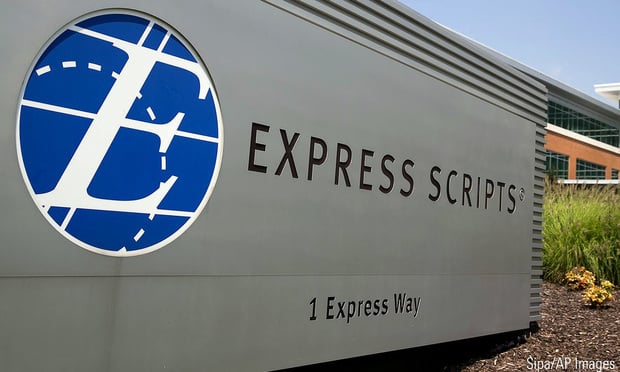The Legal Workforce Act, which creates a national electronic employment verification system, is in the hands of the House Judiciary Committee, where bill markups are to be finished Wednesday. Authored by Rep. Lamar Smith, R-Texas, the Legal Workforce Act is praised by supporters for streamlining the employment verification system and reducing fraud, but the bill is not without its critics.
Under current law, employers must adhere by the Immigration Reform and Control Act of 1986, which requires all employers to verify work eligibility with the I-9 form; however, this process can be notoriously confusing, says Mike Aitken, director of government affairs for the Society of Human Resource Management. Twenty-four documents are acceptable for employment verification, Aitken confirms, but that can be difficult to manage and also opens the process to fraud.
"The problem with the current I-9 regulations is it's a paper-based system, and people are really good at creating fraudulent documents," Aitken says.
Recommended For You
Instead, the Legal Workforce Act proposes an employment verification process that screens job applicants through E-Verify, a national electronic system that operates through a Homeland Security Department database.
For multistate employers, this can make the employment verification system simpler because there is only one process to follow, says Ryan Adair, manager of immigration services for the Mountain States Employers Council. Some states have their own employment verification requirements, and when balancing differing state laws with federal regulations, mistakes are more likely to occur.
"It takes away some of the confusion because it would take the employment eligibility verification role away from the states and put it back with the federal government, where it originated in 1986," Adair says. "It would provide a uniform method for employment eligibility verification across the 50 states, so it would be easier for multistate employers."
Despite what the Legal Workforce Act can offer, the bill certainly has its critics, including some Republican lawmakers and Tea Party groups that say there are privacy violations. And considering the electronic aspect of this program, there is potential for information to be illegally accessed, Adair says.
"E-Verify is an online system, so any time you put personal information on the Internet, it's only as secure as technology allows," Adair says. "Hackers seem to be a step ahead of those who are up to legitimate purposes, so that's a concern from a privacy standpoint."
Aitken, however, believes the Legal Workforce Act simply encourages a more stable system against fraud, which can increase privacy protection for millions of Americans. With E-Verify, an employer creates a biometric for a job applicant by asking a series of questions that examine personal scenarios, such as financial records and living history. These questions are specific enough that it is difficult for someone to try to fraudulently pass for another.
"Biometrics scares people from a privacy standpoint," Aitken says. "What it really does, though, is it takes advantage of current technologies by requiring individuals to substantiate that they own the identity they are presenting, and then it locks that identity with a biometric. The idea is to create a more secure electronic verification system and the Legal Workforce Act takes steps toward that"
Adair says the rollout time is also a problem with the Legal Workforce Act. Employers are still struggling in this economic climate, and requiring an expensive program may not be feasible for many businesses.
"E-Verify is costly, especially for small businesses," Adair says. "The pro-business argument at this point is with the downturn in the economy, employers are watching every penny. Is it fair to mandate a costly program that employers may not be able to afford to participate in at a time when they're trying to meet their budget and their revenue goals?"
Perhaps instead of a mandated E-Verify bill, Adair believes there could be improvements to the current I-9 system, such as condensing the list of approved employment verification documents and creating a clearer I-9 form. The current system is far from perfect, but the Legal Workforce Act isn't without its faults, either, Adair says. Reform very well could be the answer, but before committing to such landmark legislation, Congress should carefully decide if a federal-mandated bill is truly the best option.
"Any time you're looking at a nationwide employment verification bill, you have to look closely at it," Adair says. "Nationwide E-Verify might not be a bad idea, but maybe Congress should also look more closely at trying to get employers to join voluntarily, instead of mandating it."
© 2025 ALM Global, LLC, All Rights Reserved. Request academic re-use from www.copyright.com. All other uses, submit a request to [email protected]. For more information visit Asset & Logo Licensing.







